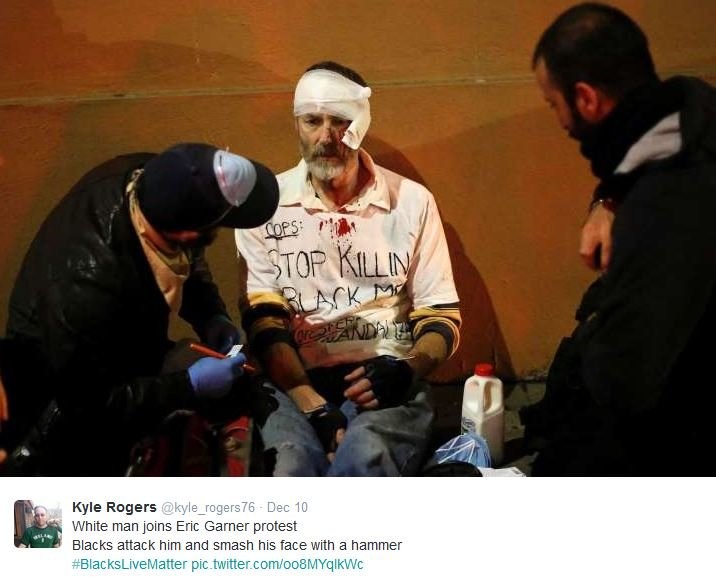

When the pandemic hit the world in 2020, I was living in my dream city in the south of France, Marseille, but was dragged back to Blighty by circumstance. Konica has been defunct since 2007, but some of the old Konica labs still have the logo – like this one.’ I really feel like we’re still living in the wake of the 20th century – its hopes and dreams, its cracks and failures. That seems such a fitting metaphor for the end of the 20th century – the corporate face of wholesome optimism, hiding something darker underneath. ‘I remember my parents using Konica film in the 80s and early 90s and a famous 1990 ad slogan: “Konica colors are calling me.” That commercial made me want to be a photographer, but I later found out it was filmed at the grave of the colonialist Cecil Rhodes. “Perhaps home is not a place,” wrote James Baldwin in his novel Giovanni’s Room, “but simply an irrevocable condition.” Baldwin’s characters were dealing with forbidden love, but the notion of home as an irrevocable condition resonates with a broader Black experience in Britain. That this reflection should be a collaboration powered by our community was just as important. We were, after all, living in the wake of austerity, the Windrush scandal, Grenfell Tower, a rise in racist rhetoric surrounding Brexit and the 2020 Black Lives Matter protests, following the murder of George Floyd, which led to the toppling of the Colston statue in Bristol. With the world in stasis during the coronavirus pandemic, it felt like an important time to use our respective tools to reflect upon the Black British experience. We went out together, near where she grew up, in a thunderstorm, hence her gusty hair.’ Her lack of ego was interesting – she wasn’t interested in me getting the most flattering image of her, but rather of us getting the most interesting image, a true collaboration. ‘I’d never taken photographs of a model before,’ writes Johny Pitts, ‘and actually am not at all interested in fashion photography, but it was fascinating working with somebody who knows their body and face so well. I often mentioned the 1970s anthology Worlds: Seven Modern Poets, in which a group of photographers follow poets through the landscapes that inspire their writing, and my admiration of John Berger and Jean Mohr’s A Seventh Man, charting the struggles of European migrants, also from the 1970s. For my birthday, Roger gave me a copy of The Sweet Flypaper of Life, a collaboration between two African Americans, the poet Langston Hughes and photographer Roy DeCarava, detailing everyday life in 1950s Harlem.
#Around blacks never relax portable#
I lent one of my photographs to the cover of Roger’s TS Eliot prize-winning collection of poetry, A Portable Paradise. Roger and I had spoken about a potential collaboration for years. From Hove to Hull, we had Black friends everywhere. Looking at this map, with its iconic blue/red/white colourway, we were reappropriating that old racist chant sung on British football terraces in the 1970s and 80s there is Black in the union jack.

At Roger Robinson’s home in Northampton, by a rain-dappled window one windswept Wednesday, we pored over a large, unfolded Geographers’ A-Z of Great Britain splayed out across his kitchen table. G ood journeys start with loose itineraries.


 0 kommentar(er)
0 kommentar(er)
